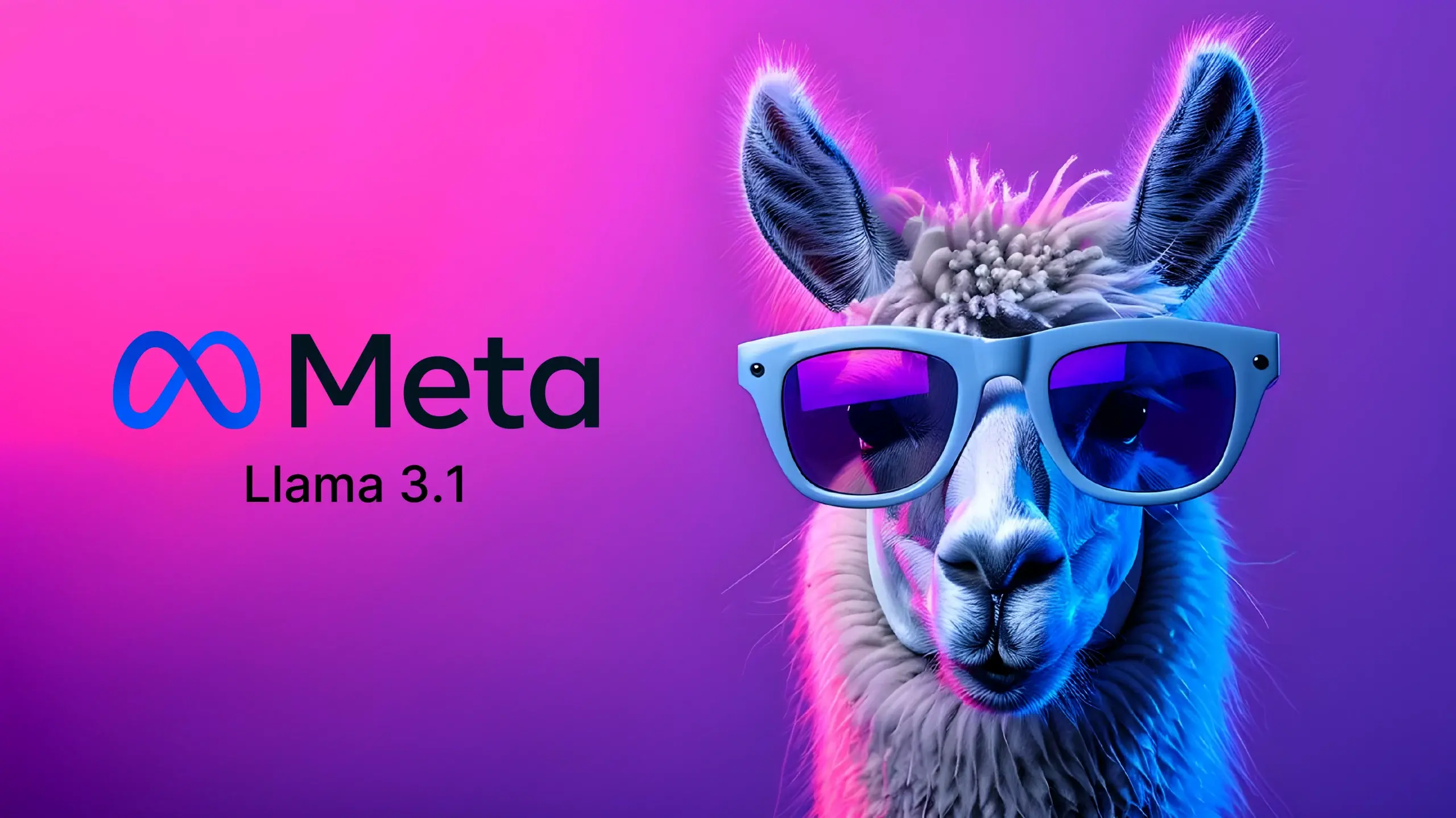The world of AI is constantly evolving, and open-source development is increasingly becoming a driving force behind many advancements. In a recent interview, Mark Zuckerberg discussed Meta’s Llama 3.1, one of the most sophisticated open-source AI models available today. With its staggering 405 billion parameters, Llama 3.1 aims to directly compete with and, in some areas, outperform closed-source models like GPT.
This strategic move by Meta is rooted in the belief that democratizing access to powerful AI models can accelerate innovation, enabling developers, startups, enterprises, and governments to fine-tune models based on their specific needs. This shift allows businesses to create tailored AI systems that align more closely with their use cases, ultimately lowering costs and providing better control compared to proprietary models.
A Strategic Shot at Closed-Source AI Models
Zuckerberg acknowledges that the current AI landscape is dominated by closed-source models, especially those developed by companies like OpenAI and Anthropic. By releasing Llama 3.1, Meta aims to disrupt this landscape, challenging the existing “closed” paradigm by offering a robust, customizable alternative at a fraction of the cost. His approach can be likened to the rise of Linux against proprietary Unix systems. Just as Linux revolutionized operating systems, Meta hopes Llama 3.1 will do the same for AI, allowing developers to build on top of the platform and create their own systems.
Key Features of Llama 3.1
- Scalability: Llama 3.1 allows developers to distill its massive 405 billion-parameter model into smaller, more manageable models (such as 70 billion and 8 billion parameter versions) that are better suited for specific tasks. This flexibility ensures that AI solutions are not only powerful but also cost-effective, paving the way for widespread adoption.
- Customizability: By offering full control over the AI model, Meta gives developers the freedom to fine-tune the system for their specific needs. Whether for enterprise use cases or specialized applications, Llama 3.1’s open-source nature allows for complete adaptability.
- Cost Efficiency: One of the most compelling aspects of Llama 3.1 is its cost-efficiency. According to Zuckerberg, Llama 3.1 will be about 50% cheaper than closed-source models like GPT-4, making high-quality AI more accessible to a wider audience.
Open Source as the Future of AI
Zuckerberg draws a comparison between open-source AI and Linux’s rise to dominance in the software industry. Before Linux gained traction, proprietary Unix systems were the standard, and many believed open-source software couldn’t achieve the sophistication required for enterprise use. However, Linux’s adaptability, cost-effectiveness, and growing ecosystem eventually made it the industry standard. Similarly, Llama 3.1 is positioned to lead the charge in making open-source AI the standard for businesses, developers, and institutions alike.
Moreover, open-source AI offers significant advantages in terms of security and transparency. With many eyes scrutinizing the code, vulnerabilities and bugs can be identified and addressed faster than in closed-source models. This, in turn, leads to more secure and robust AI systems.
The Impact on the AI Ecosystem
One of the most significant potential impacts of Llama 3.1 is its ability to generate synthetic data for training smaller models. This feature opens up vast possibilities for companies to create models tailored to their specific requirements, which could revolutionize industries ranging from healthcare to finance. Meta is already focusing on building a partner ecosystem around Llama 3.1, encouraging developers and companies to innovate and integrate new capabilities into the platform.
The release of such a powerful open-source AI model is expected to drive the proliferation of custom models across industries. As the gap between open-source and closed-source performance continues to close, more companies will likely opt for open-source solutions, fostering greater diversity and innovation in the AI space.
A Balanced Approach: Open Source and Business Strategy
While it may seem like Meta’s focus on open-source AI is purely altruistic, Zuckerberg is clear that there’s also a business strategy at play. By releasing Llama 3.1, Meta sets the foundation for an AI ecosystem where other companies build on top of its models. This approach allows Meta to set the standards, much like it did with Facebook’s platform for social media and content creation.
This strategy is not about making money from the models themselves but about creating products and services around the AI ecosystem. By fostering an open ecosystem, Meta can position itself as a leader in the AI space, much like what companies like Amazon and Google have done with cloud services.
The Broader Implications: National Security and Global Competition
Zuckerberg also addresses the question of national security and the potential risks of open-sourcing advanced AI models. While some argue that open-source models could fall into the wrong hands, Zuckerberg believes that the benefits outweigh the risks. He advocates for a robust ecosystem where governments, universities, startups, and individuals collaborate to maintain a competitive edge in AI innovation.
The alternative—a world where only a few large corporations or governments control AI development—poses its own set of risks, including stagnation and limited access to cutting-edge technology. By promoting open-source development, Meta seeks to ensure that AI innovation remains decentralized and accessible to all.
Conclusion: A Turning Point for AI
Llama 3.1 represents a significant shift in the AI landscape. By offering a powerful, scalable, and customizable open-source AI model, Meta is challenging the dominance of closed-source systems and pushing the boundaries of what’s possible in AI development. With its potential to become the standard for open-source AI, Llama 3.1 could democratize access to cutting-edge AI technologies, enabling a new wave of innovation across industries and sectors.
As more developers, businesses, and governments adopt open-source AI models, we could be entering a new era where AI becomes more transparent, adaptable, and secure. For developers and enterprises looking for an alternative to expensive proprietary models, Llama 3.1 offers a compelling solution that’s hard to ignore.
In the end, the real winners will be those who leverage the power of open-source AI to drive innovation, create new business opportunities, and shape the future of technology. Llama 3.1 may very well be the beginning of a new chapter in the story of AI.





Leave a Reply